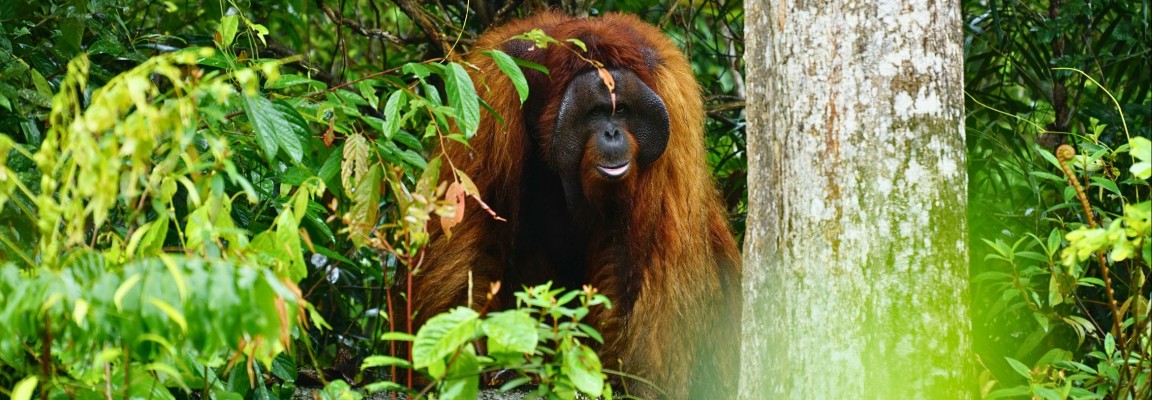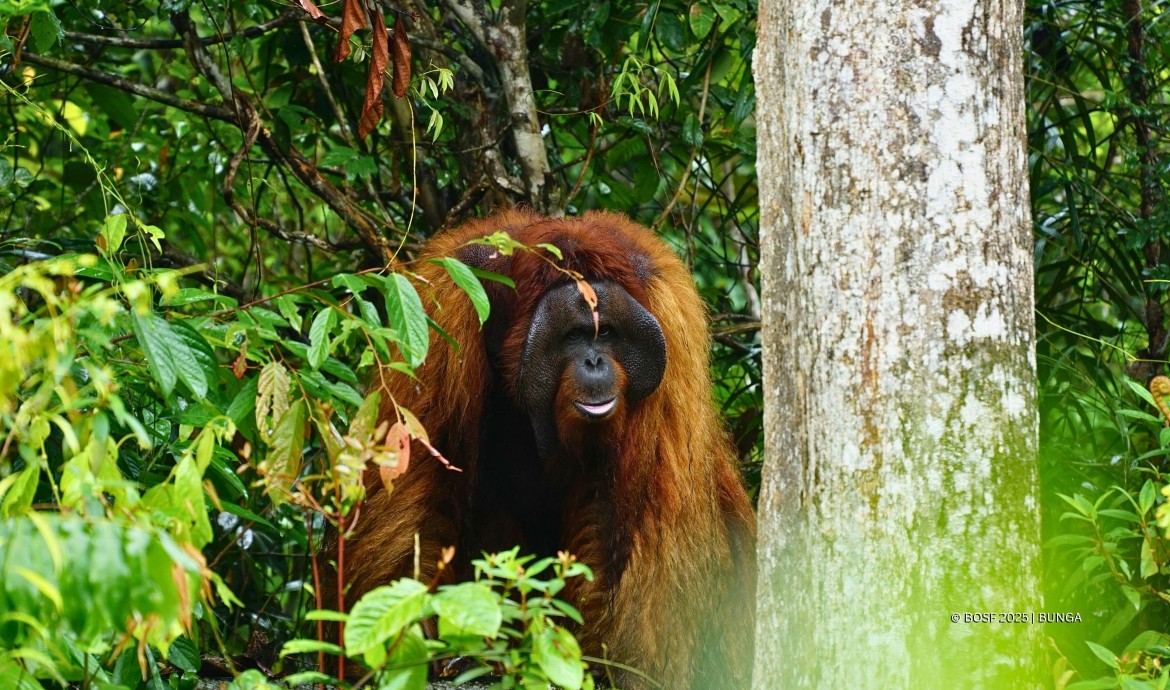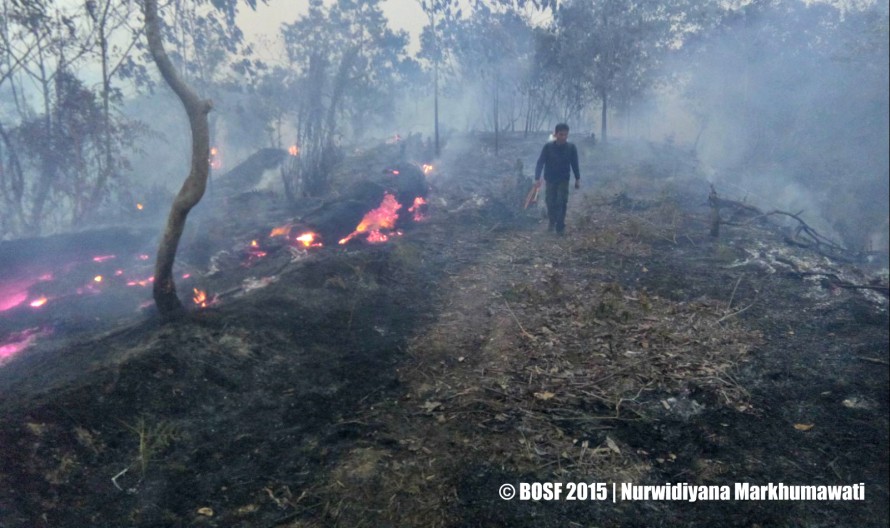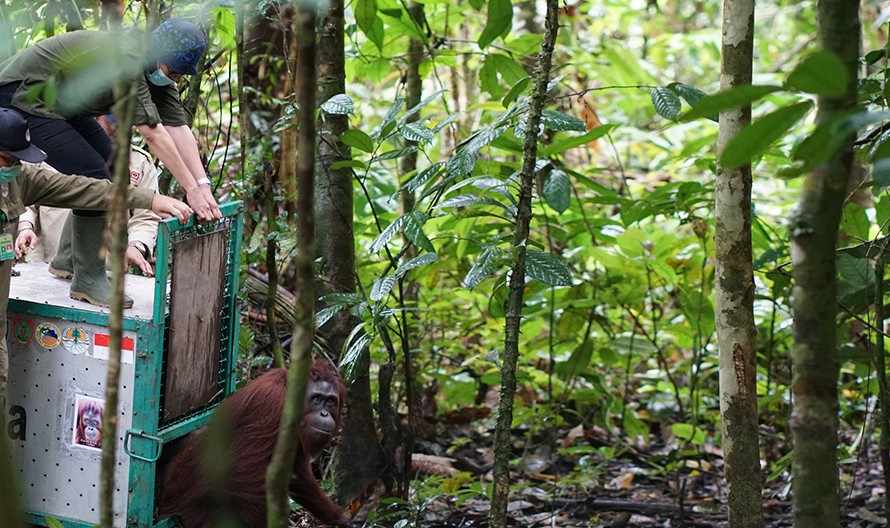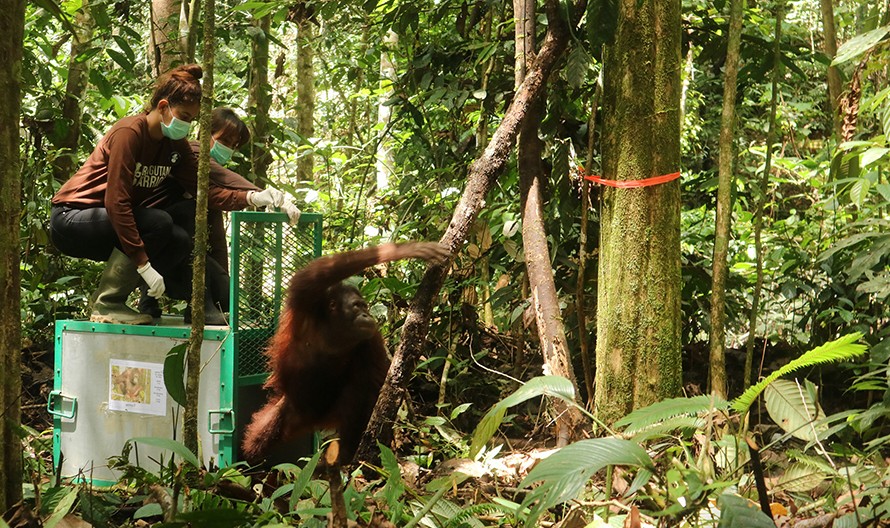In celebration of World Orangutan Day, observed annually on 19 August, the Natural Resources Conservation Agencies (BKSDA) of Central Kalimantan and East Kalimantan, together with their strategic partner, the Borneo Orangutan Survival (BOS) Foundation, reaffirm their joint commitment to law enforcement, rehabilitation, and the protection of orangutans in Indonesia.
As an umbrella species, orangutans play a vital role in maintaining the balance of tropical forest ecosystems. Unfortunately, they continue to face threats from poaching, illegal trade, and habitat loss caused by human activity. Through cross-sector collaboration, stakeholders are working to address these conservation challenges comprehensively.
ANDI MUHAMMAD KADHAFI, S.HUT., M.SI., HEAD OF BKSDA CENTRAL KALIMANTAN, stated “Collaboration and participation from all stakeholders are the key to orangutan conservation. We actively conduct educational and social outreach programs to engage communities across Central Kalimantan, with the hope of fostering greater public awareness of the orangutan’s vital ecological role.
Our collaboration with partners such as the BOS Foundation includes the handling of orangutans repatriated from abroad. Together, we work to receive and rehabilitate individuals who were once victims of international wildlife trade before they can be released back into their natural habitat. We also address negative human–orangutan interactions through coordinated responses”.
M. ARI WIBAWANTO, S.HUT., M.SC., HEAD OF BKSDA EAST KALIMANTAN, added “A long-term conservation strategy is critical to ensuring the survival of orangutans, particularly in East Kalimantan, where development pressures and habitat degradation are significant. Our focus includes strengthening conservation areas through the establishment of wildlife corridors, restoring critical habitats, and addressing human–orangutan conflicts in forest-edge communities.
Our partnership with the BOS Foundation has been instrumental in rescuing, rehabilitating, and releasing orangutans into safe habitats, as well as in building technical capacity on the ground. This collaboration allows us to implement conservation efforts in a more adaptive, measurable, and sustainable way”.


